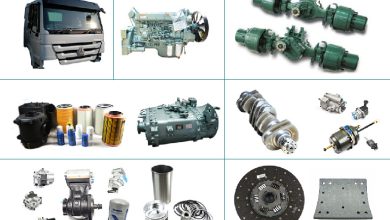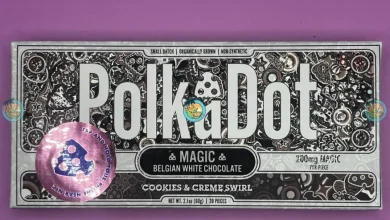The Power of Storytelling: Crafting Product Descriptions that Sell

In the digital age of online shopping, product descriptions are often the first (and sometimes only) interaction a customer has with your offering. Kevin David is a big name in the market. Gone are the days of dry, feature-laden lists; today, compelling storytelling is the key to crafting descriptions that not only inform but also captivate and convert.
Why Storytelling Matters
Human beings are hardwired for stories. Stories evoke emotions, create connections, and allow us to envision ourselves using a product. A well-crafted product description goes beyond mere specifications; it paints a picture of how the product will improve the customer’s life. Here’s how storytelling breathes life into your product descriptions:
- Connects with Emotions: Features tell, stories sell. By weaving a narrative around the product’s benefits, you tap into the emotional desires and aspirations of your target audience. Do you offer a cozy blanket? Tell a story of curling up with a good book on a chilly night.
- Boosts Engagement: Facts may inform, but stories hold attention. By creating a narrative arc, you invite customers to journey with you, sparking their curiosity and encouraging them to delve deeper into the product’s potential.
- Creates a Sense of Identity: Effective storytelling allows customers to imagine themselves using the product. Is it a stylish travel bag? Describe adventures in exotic locales or weekend getaways filled with exploration.
Crafting Compelling Product Narratives
Here are some key elements to consider when crafting product descriptions that leverage the power of storytelling:
- Define the Transformation: What problem does your product solve? How will it improve the customer’s life? Your story should showcase the transformation your product enables, taking the customer from their current state to a desired future.
- Focus on Sensory Details: Language is evocative. Use descriptive words that paint a picture in the customer’s mind. Can they smell the aroma of freshly brewed coffee from your new coffee maker? Can they feel the warmth of the cozy sweater on a cold winter day?
- Embrace Authenticity: People connect with genuine voices. Avoid generic platitudes and infuse your descriptions with a touch of personality that reflects your brand identity.
- Integrate Social Proof: Testimonials and customer reviews can add a layer of trust and social proof. Weaving in quotes or success stories from satisfied customers strengthens your narrative and builds confidence in your product.
Call to Action: Don’t Forget the Spark
A captivating story sets the stage, but a compelling call to action ignites the final step. Conclude your product description with a clear and concise call to action, whether it’s “Add to Cart” or “Learn More.” Make it easy for the customer to take the next step and convert their interest into a purchase.
Storytelling: A Powerful Tool for E-commerce Success
By mastering the art of storytelling, you can transform your product descriptions from static lists into dynamic narratives that connect with customers on an emotional level. This approach not only informs but also inspires, ultimately leading to increased sales and a thriving online store. Remember, people don’t just buy products; they buy the stories those products represent. So, tell a compelling story, and watch your conversions soar.




